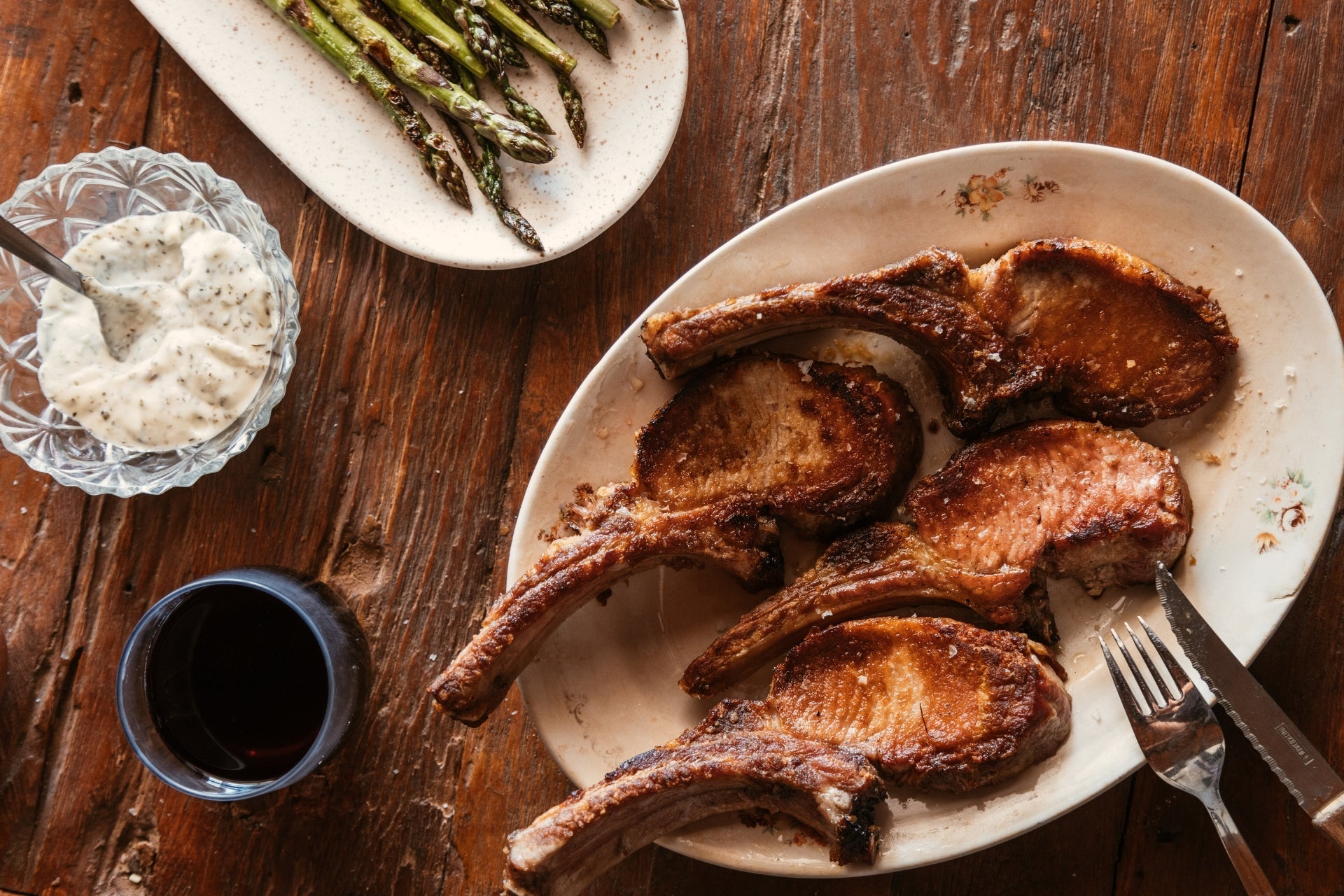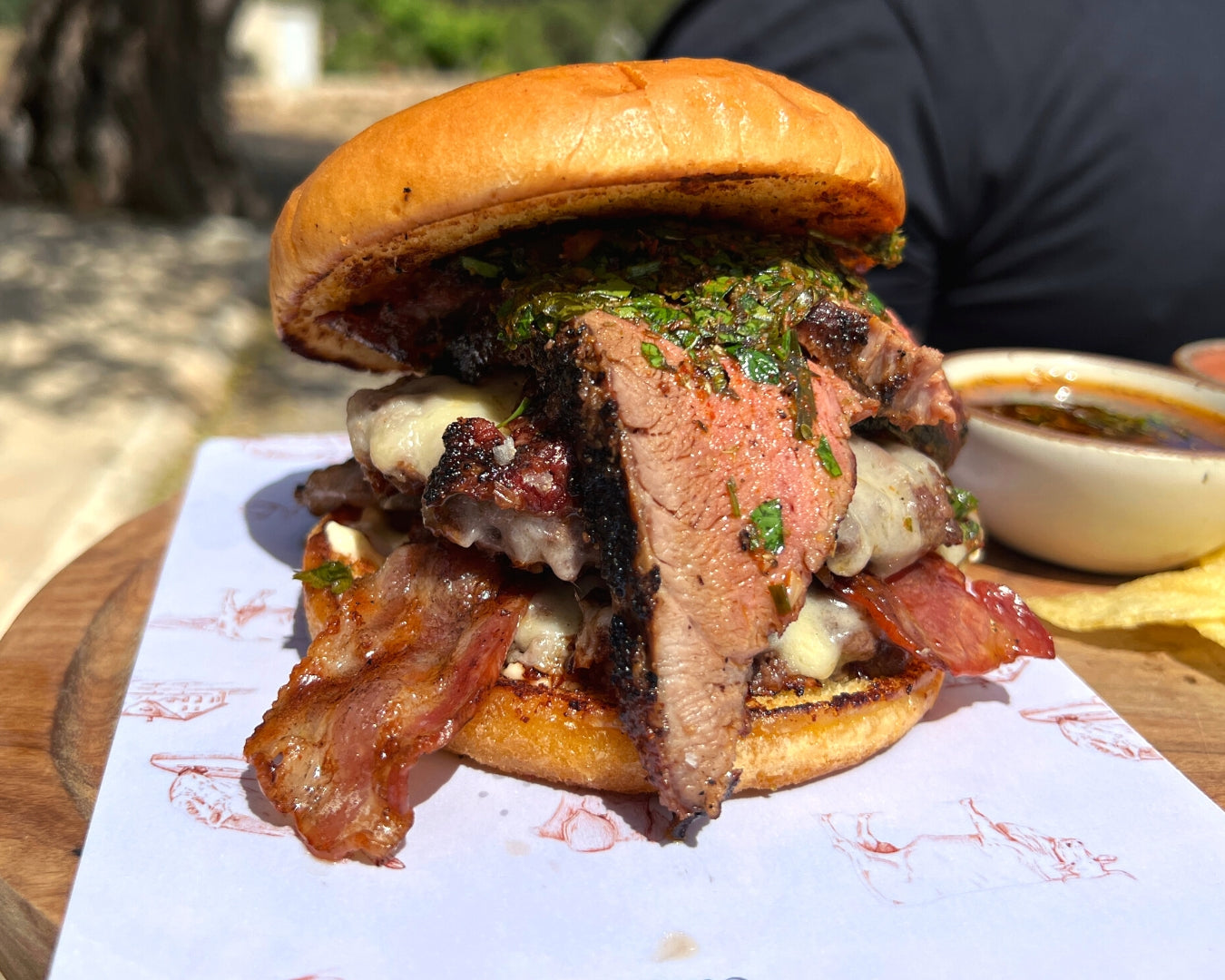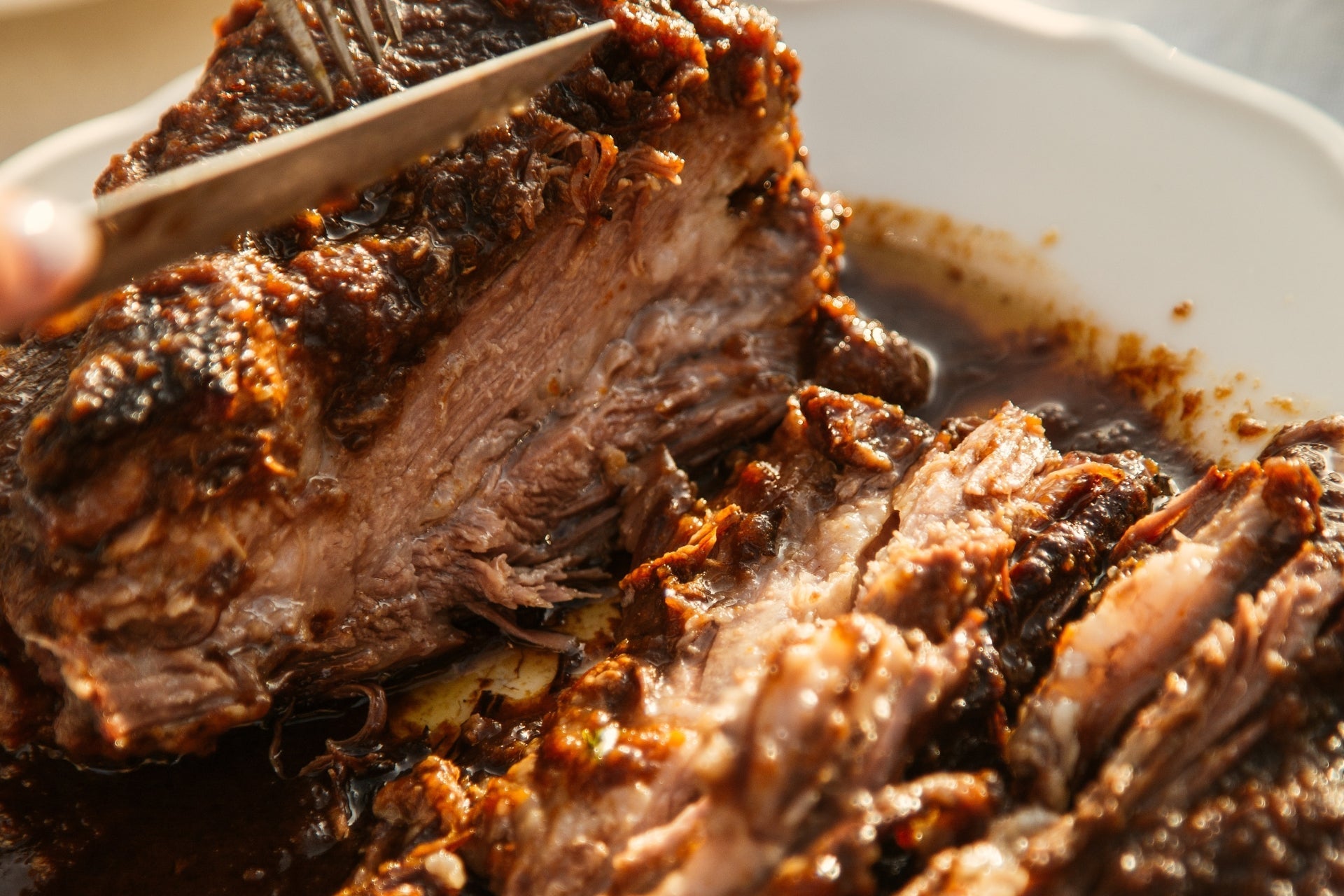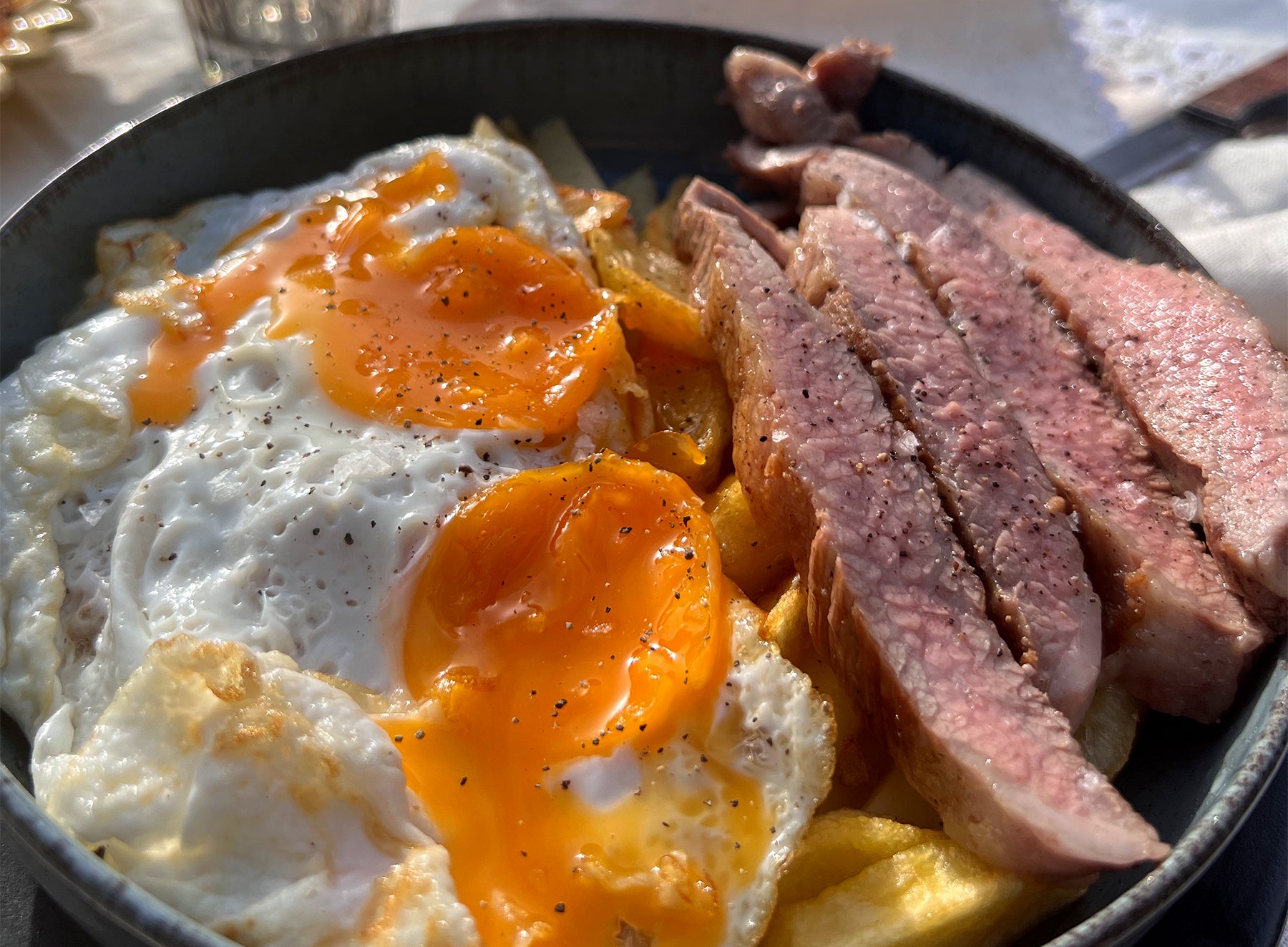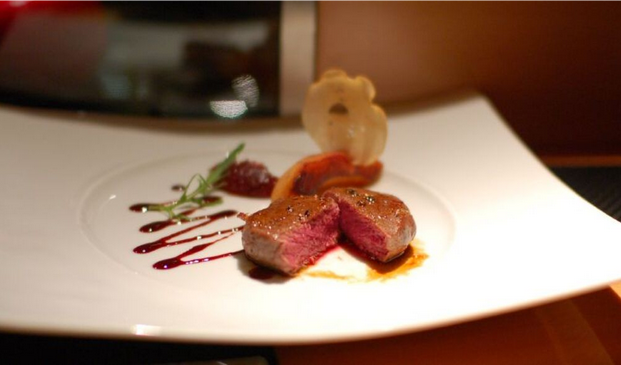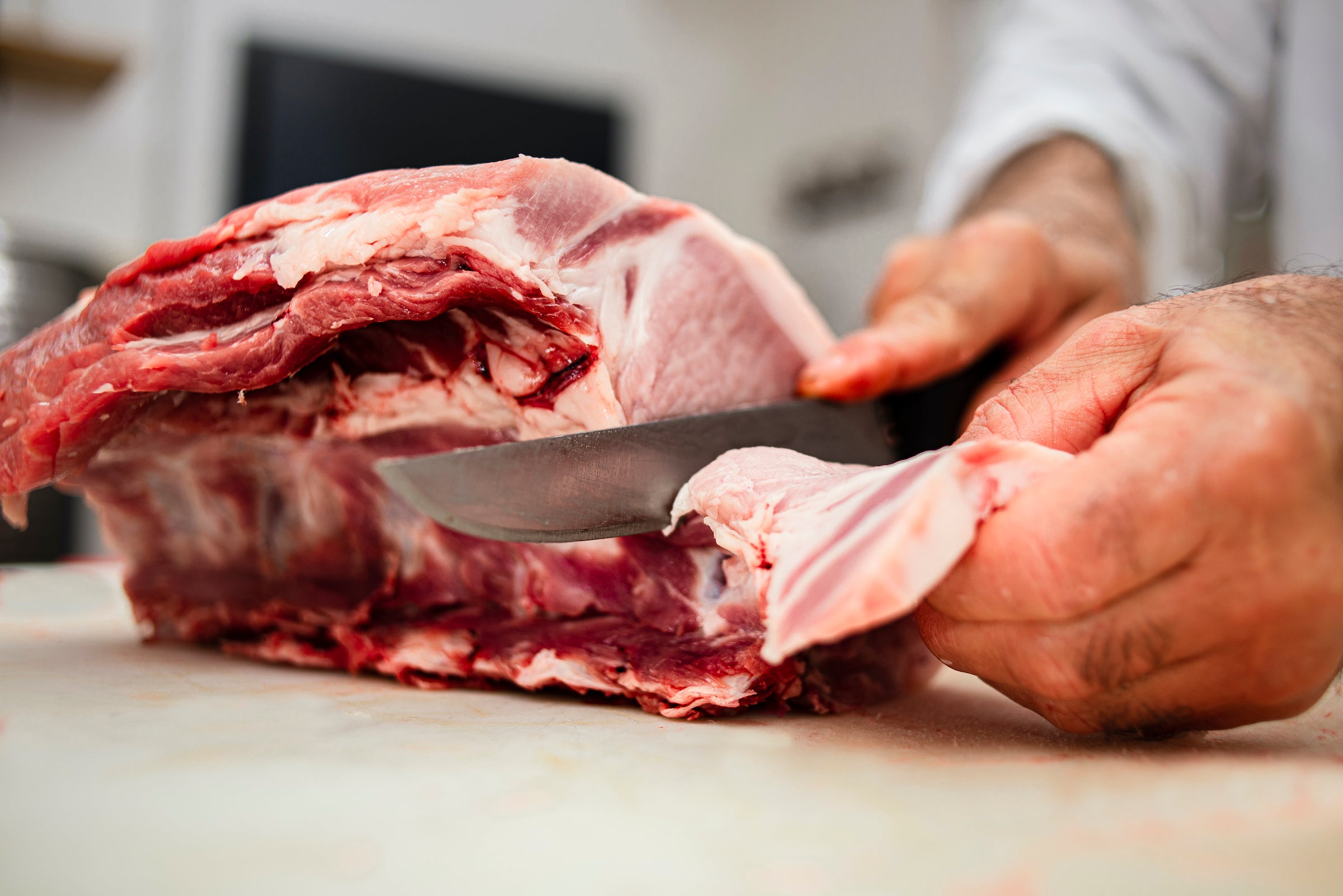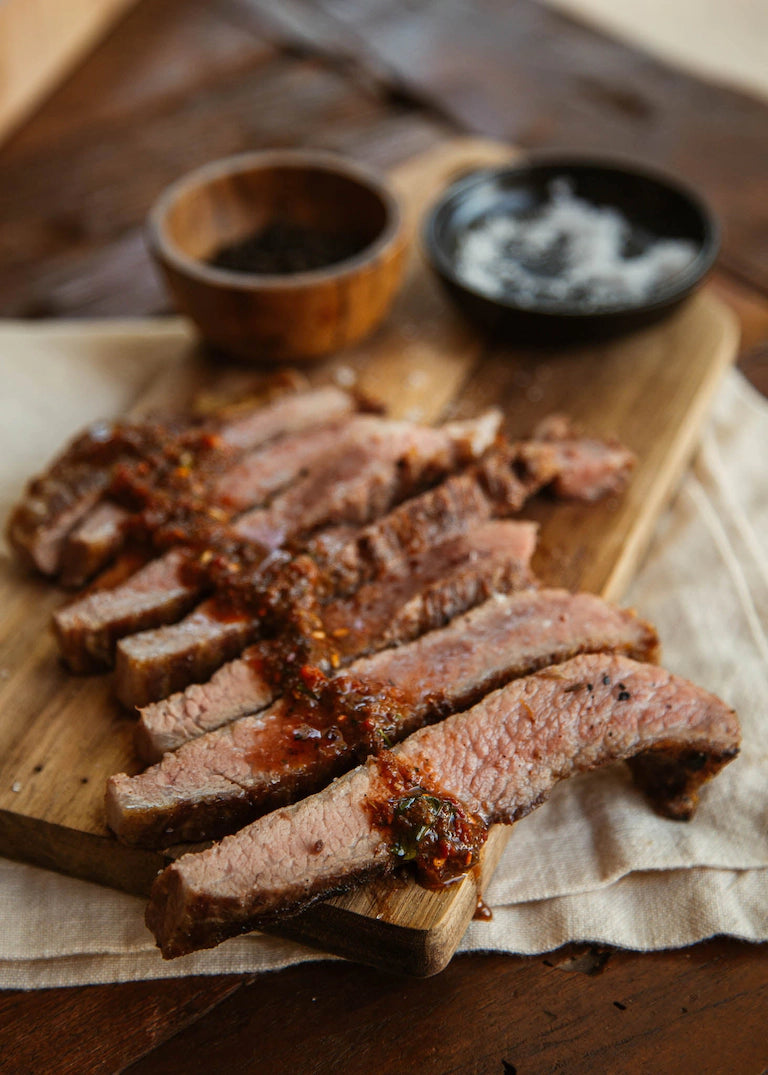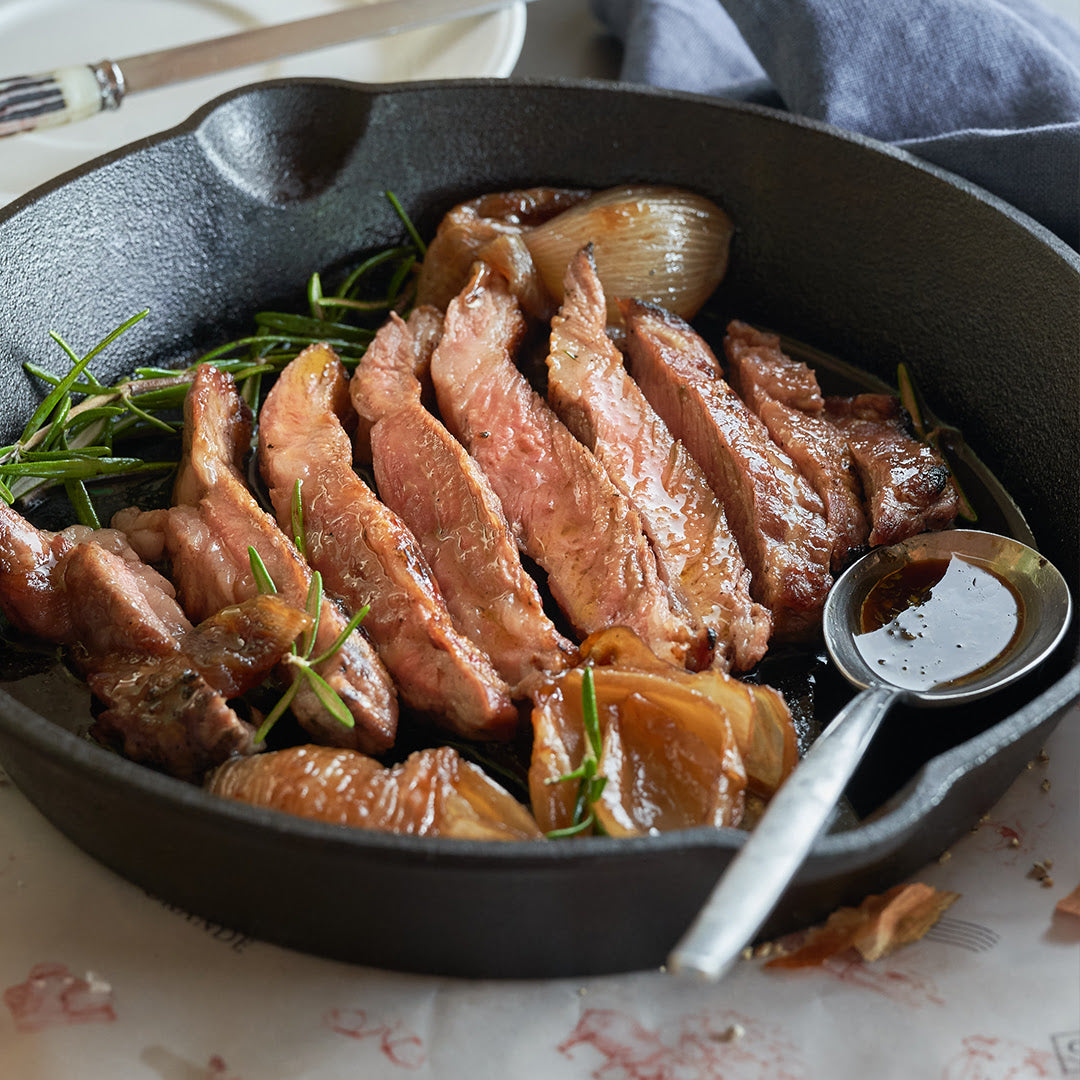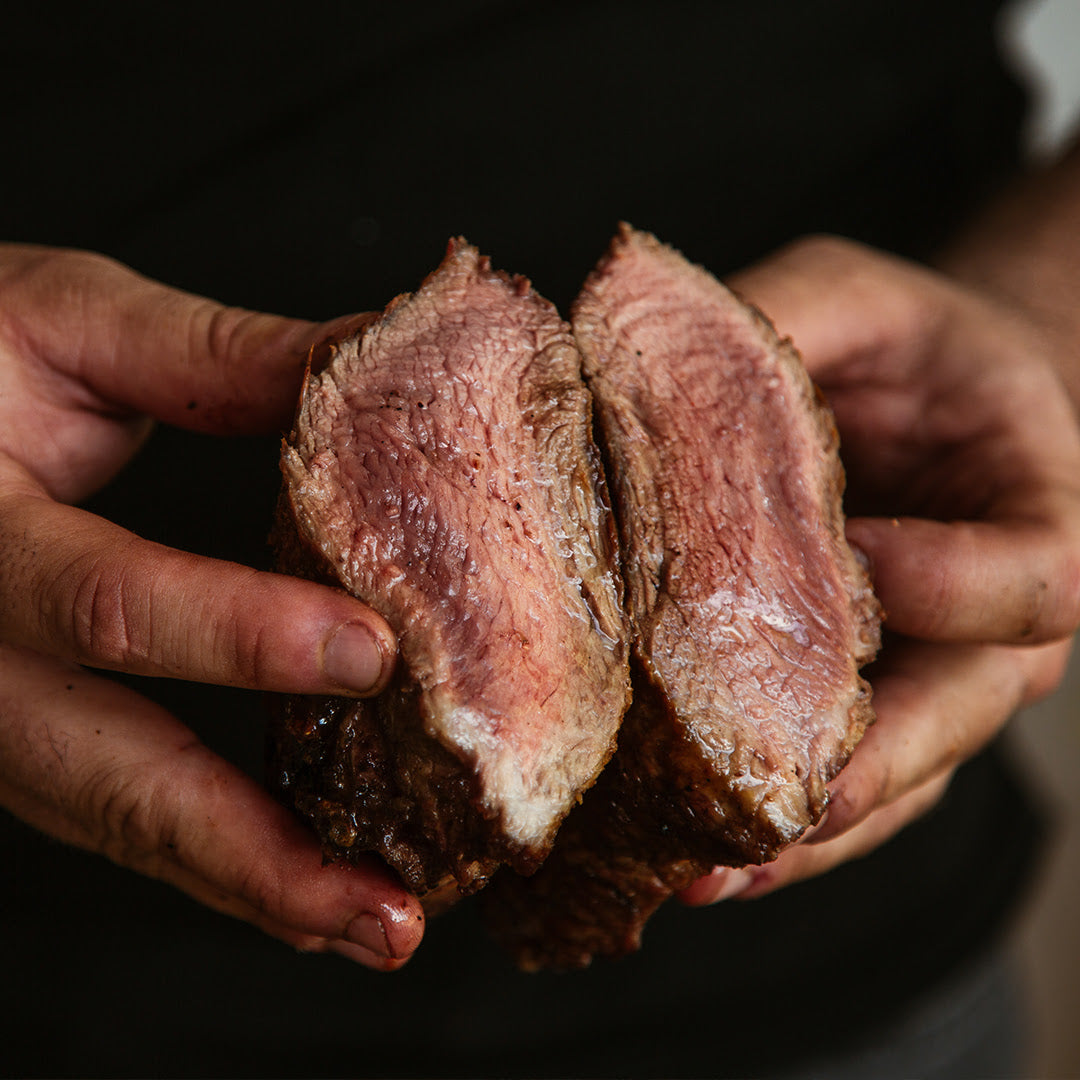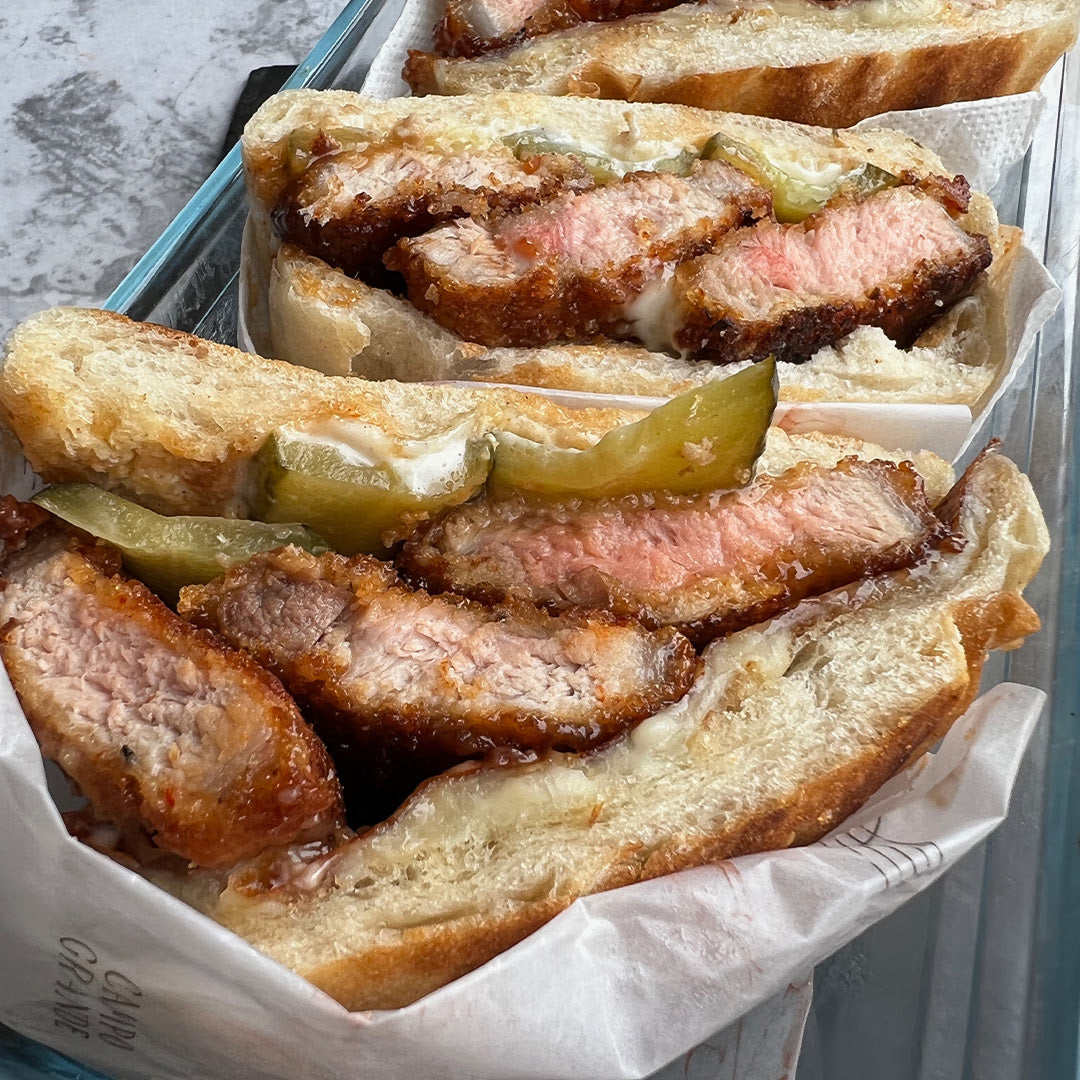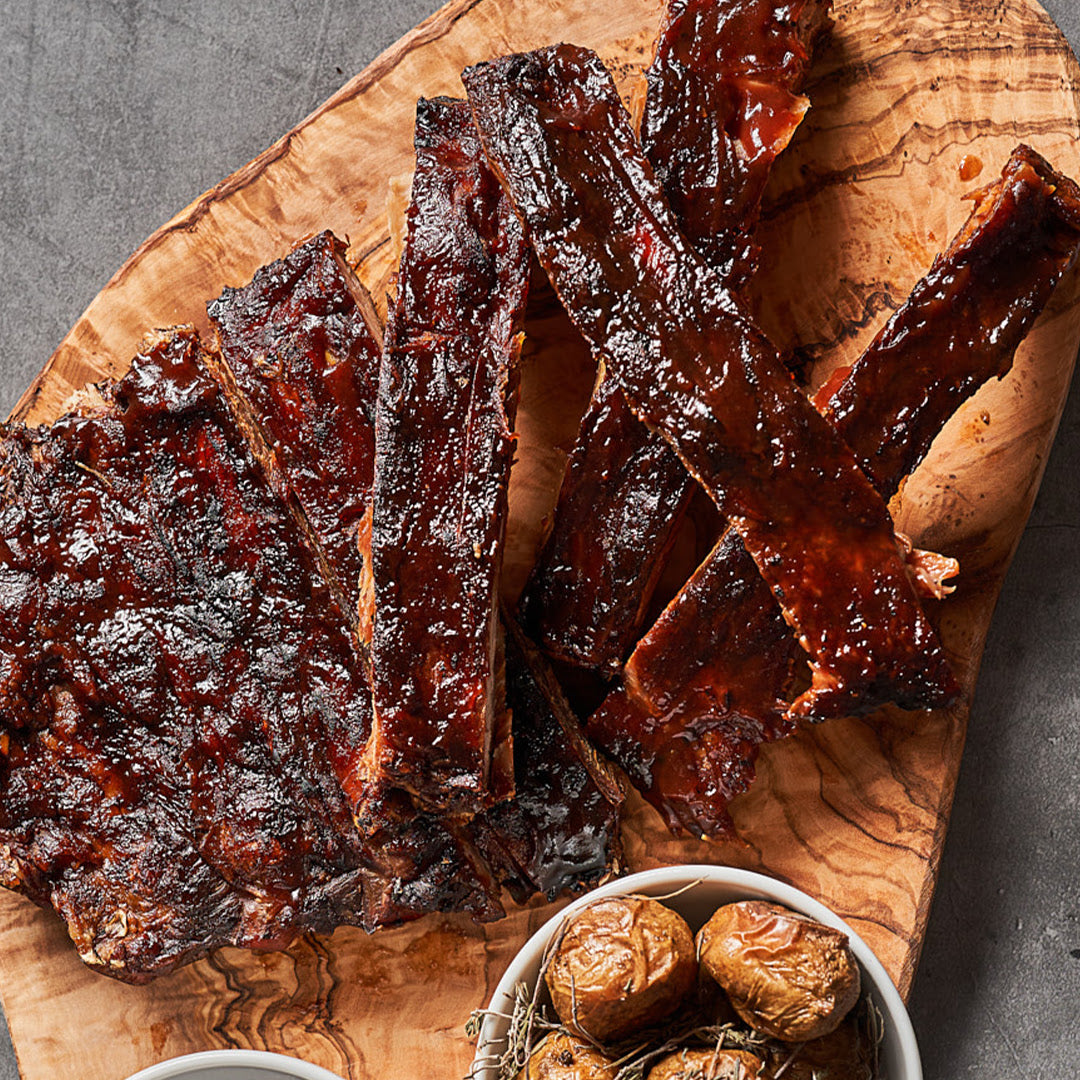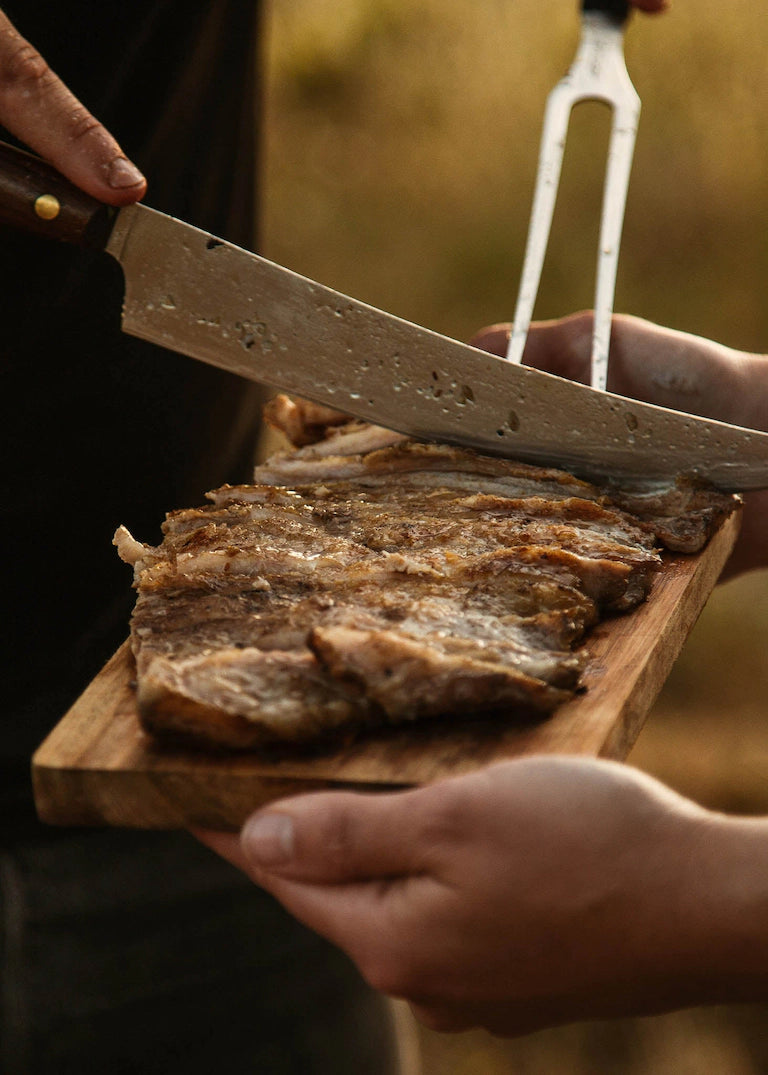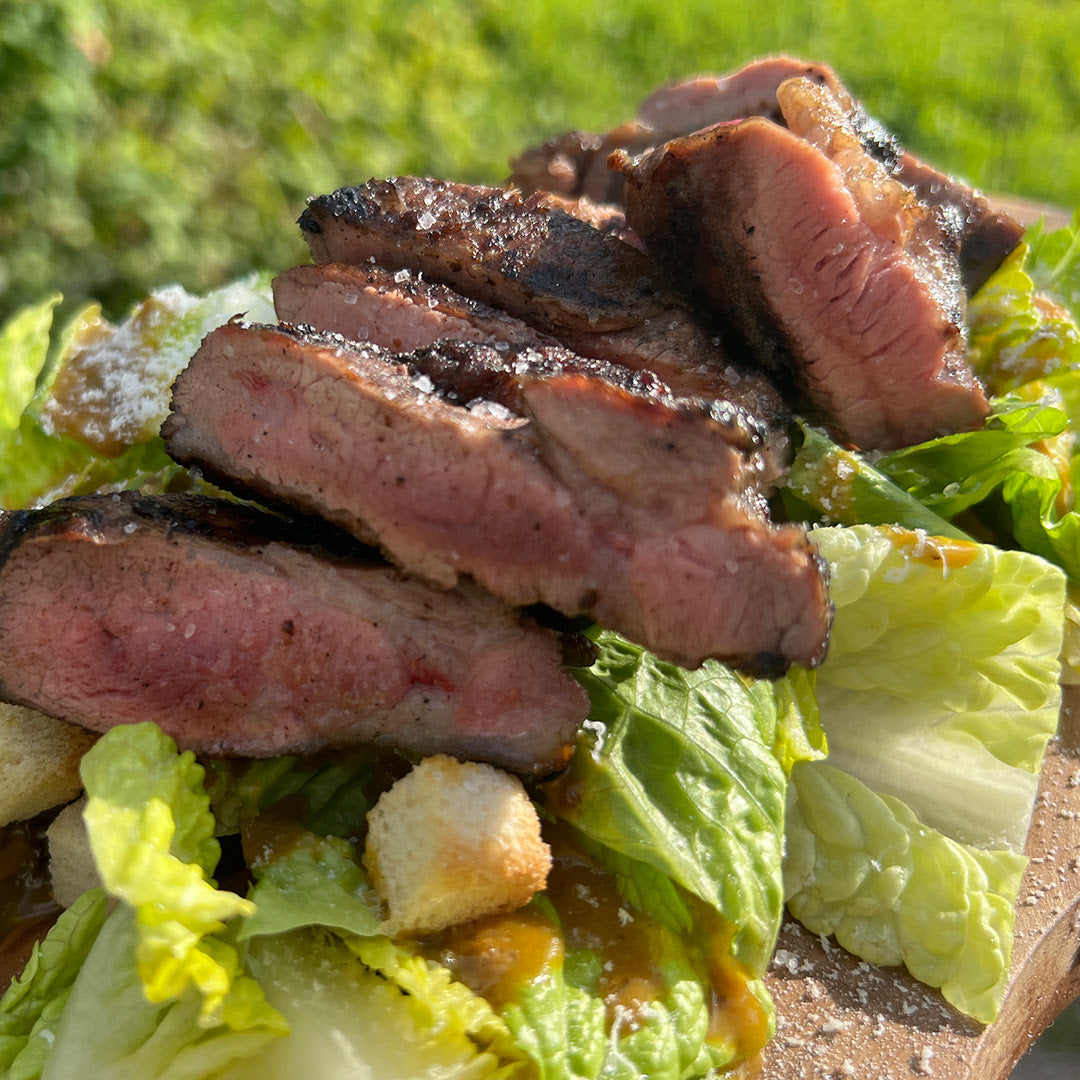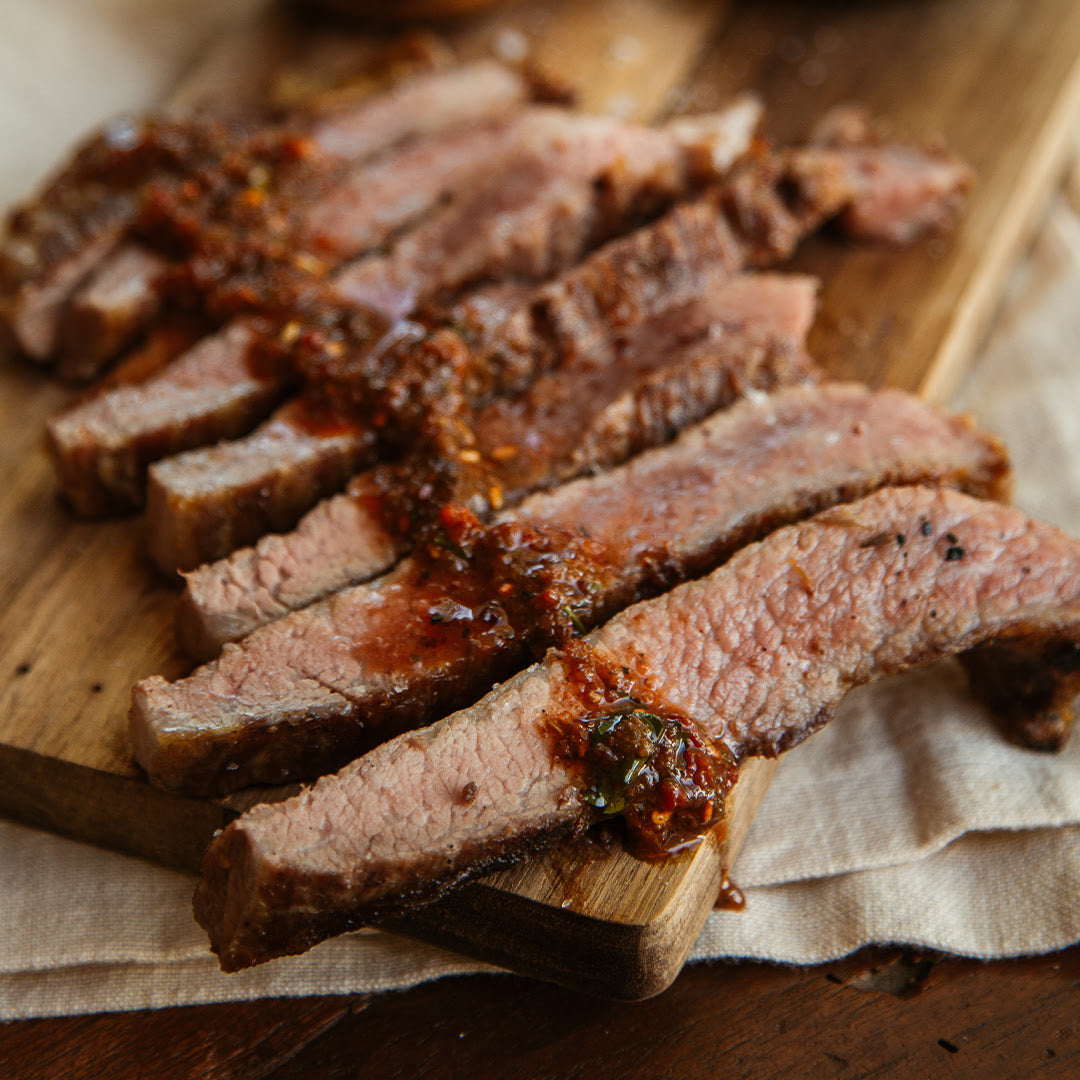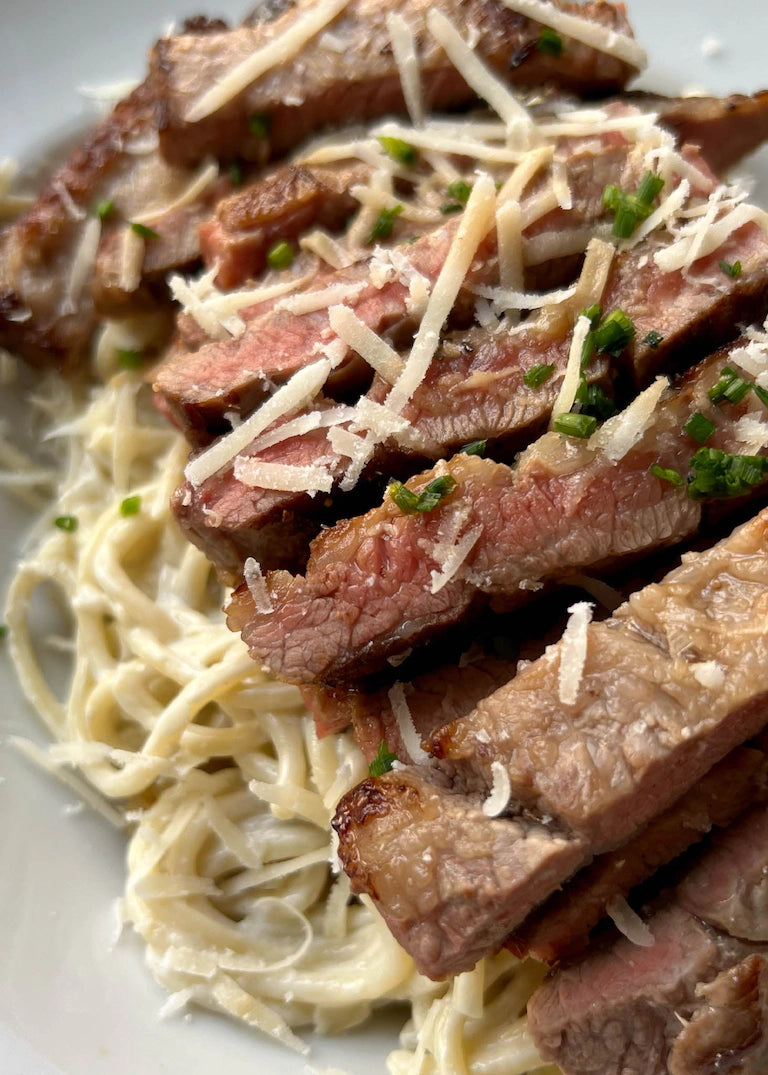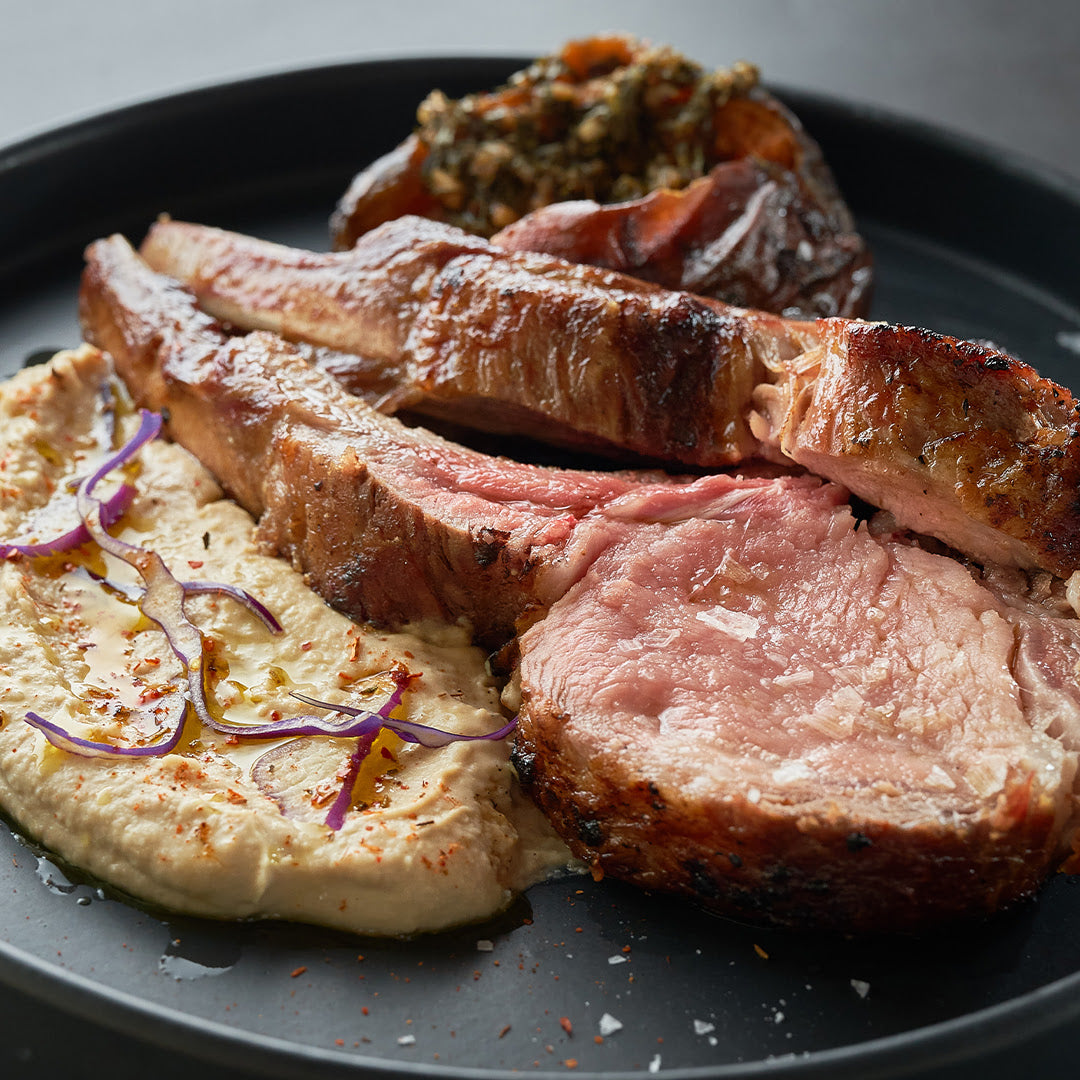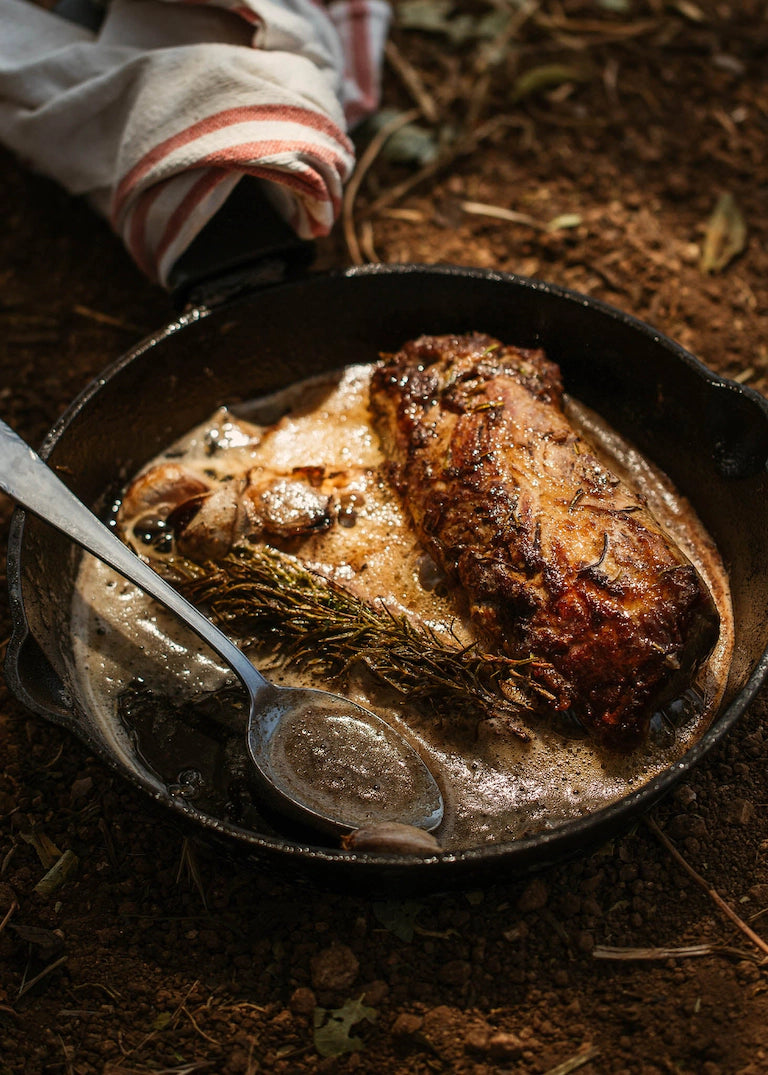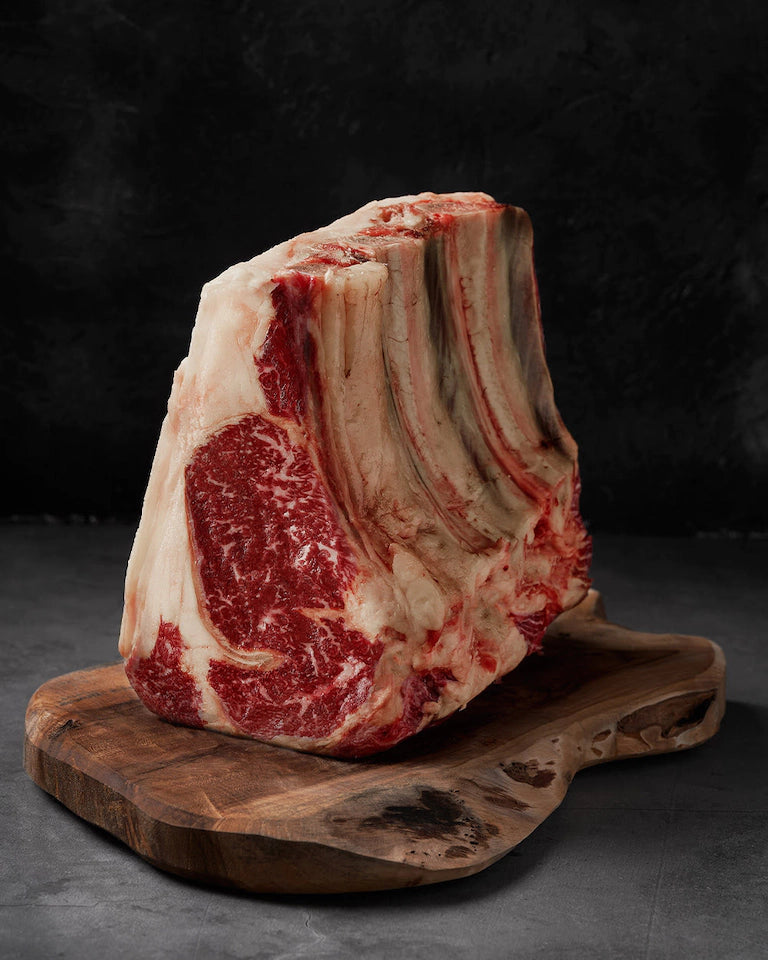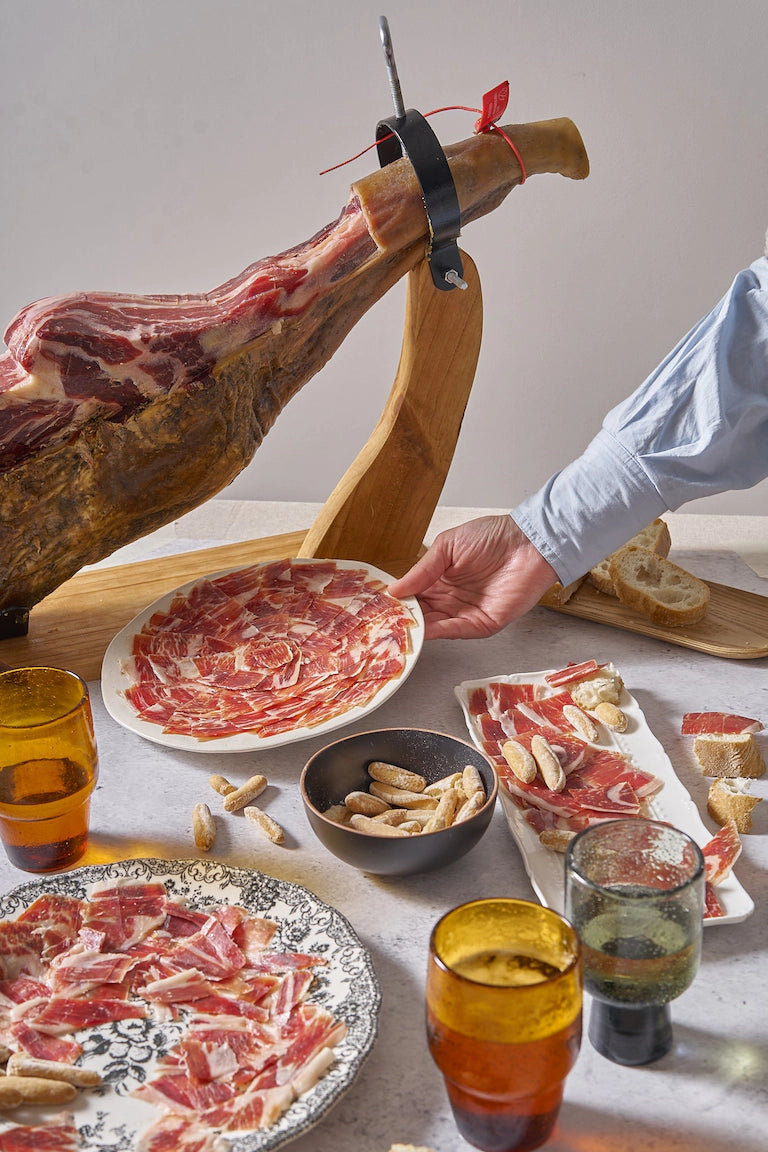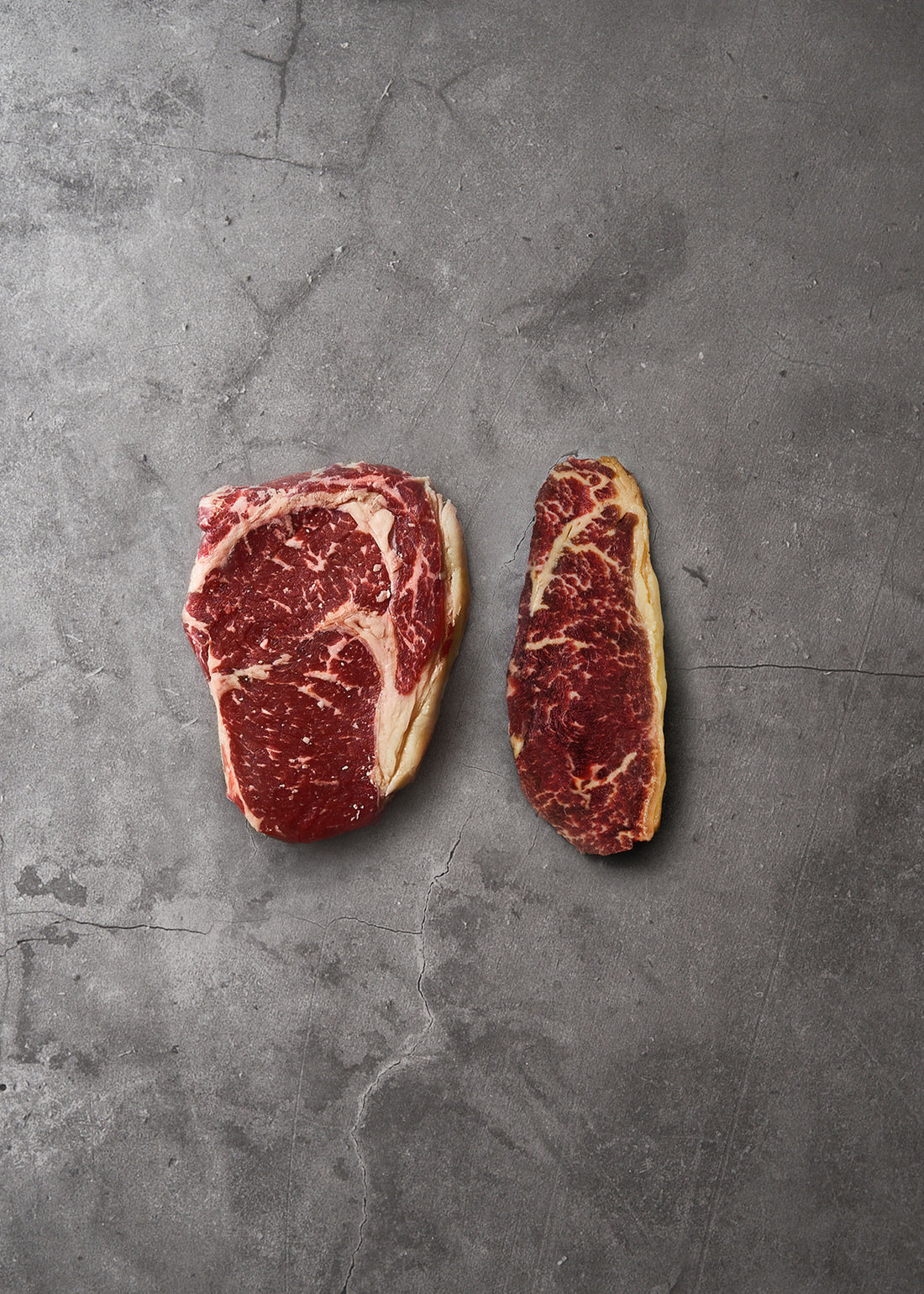
You may have heard of the European Spanish steaks called “lomo alto”, or perhaps their close cousins, the lomo bajo. These translate to “high back” for lomo alto and “low back” for lomo bajo, which indicate where from the cow the meat is cut. However, these cuts also go by English names.
More commonly, English speakers will know them as the “sirloin” and “ribeye” cuts of the cow. The Spanish versions of these steaks have a different name for a reason, however as they are made very differently from the way Americans make the same cuts of meat.
What is Different About Lomo Alto and Lomo Bajo?
Lomo alto and lomo bajo are both heavily marinated steaks. Preparation is everything for these steaks, so you will want to assemble the following ingredients:
- Two tablespoons of olive oil
- Half a tablespoon of thyme
- 4 cardamom fruits
- 10 juniper berries
- Half a tablespoon of black peppercorn
- Two pieces of lemon.
Making Lomo Alto and Lomo Bajo
-
Mix the marinade ingredients together in a mixing bowl and then freeze into a block of ice. Make sure that it is spread evenly before you freeze it, because you are going to break that block of ice into two.
- Then, take those two pieces of ice marinade and place them in a bag. Place your cut of meat between the ice.
- Remember, whether it is lomo alto or lomo bajo is not dependent on the ingredients of the marinade. It is dependent on the cut of meat. Which cut you use, however, will affect how you cook the meat. Let it marinate for a day or two, and then take it out of the fridge to prepare.
-
Lomo alto should be cooked on a nonstick pan over a medium flame. Flip it every two minutes as it heats and wait for it to change color. Because it has been marinated it will form a dark crust on either side before it is done.
-
Once you have it to the color that you want, reduce the flame to low. This is when you are going to want to push the steak off to the side of the pan and place some butter in the center of it, as well as thyme, garlic, and any other spices you feel might improve the flavor.
-
Use a thermometer to check and make sure that the internal temperature of the steak is above 120 degrees Fahrenheit. Anything above that is an acceptable temperature.
- Lomo bajo will be made in much the same way, except for one note: You will not turn the flame down to low. Instead, the butter and spices should be applied directly to the steak as it cooks after it has browned. You should be aiming for an internal temperature of 130 degrees with this one.
Rareness Guide
Temperature and rareness go hand in hand, but it is important to keep things above safe temperatures even if you are planning to make something especially bloody. Use this handy guide to get an idea of how warm rare meat has to be in order to be safe to serve.
|
Rare |
Internal temperature of 120 degrees Fahrenheit at least |
|
Medium Rare |
Internal temperature of 130 degrees Fahrenheit |
|
Well Done |
Any internal temperature above 150 degrees Fahrenheit |
What Spices go well with Lomo Alto and Lomo Bajo?
Because lomo alto and lomo bajo are so heavily seasoned already you should be cautious when adding spices to them. You do not want to create a flavor that is overcomplicated. Steak is meant to be simple, so adding things to it is one of the few ways to negatively affect it.
For this reason, the more simple the spices, the better. Thyme and garlic are usually used because they do a lot with very little. You can still taste them even if you do not add that much, while at the same time relying on them to not overwhelm the flavor of the marinade.
Ginger is another underappreciated thing to add in this case. Grind some ginger root onto the meat as it is cooking for a little flavor. Ginger is strong though, so not too much.
Can Lomo Alto and Lomo Bajo be Reheated?
No, they cannot be frozen and reheated as leftovers. This is one of the drawbacks of highly prepared meat: If you put that many different flavorings and chemicals into the meat, then you had better eat it because it is not going to survive freezing in that state.
More specifically, the meat will survive but the seasoning will not. You might be able to taste some leftover flavor after it has been frozen, but it is unlikely. You also cannot marinate frozen meat or meat that has been thawed due to its exposure to bacteria. Remember, safety first!
